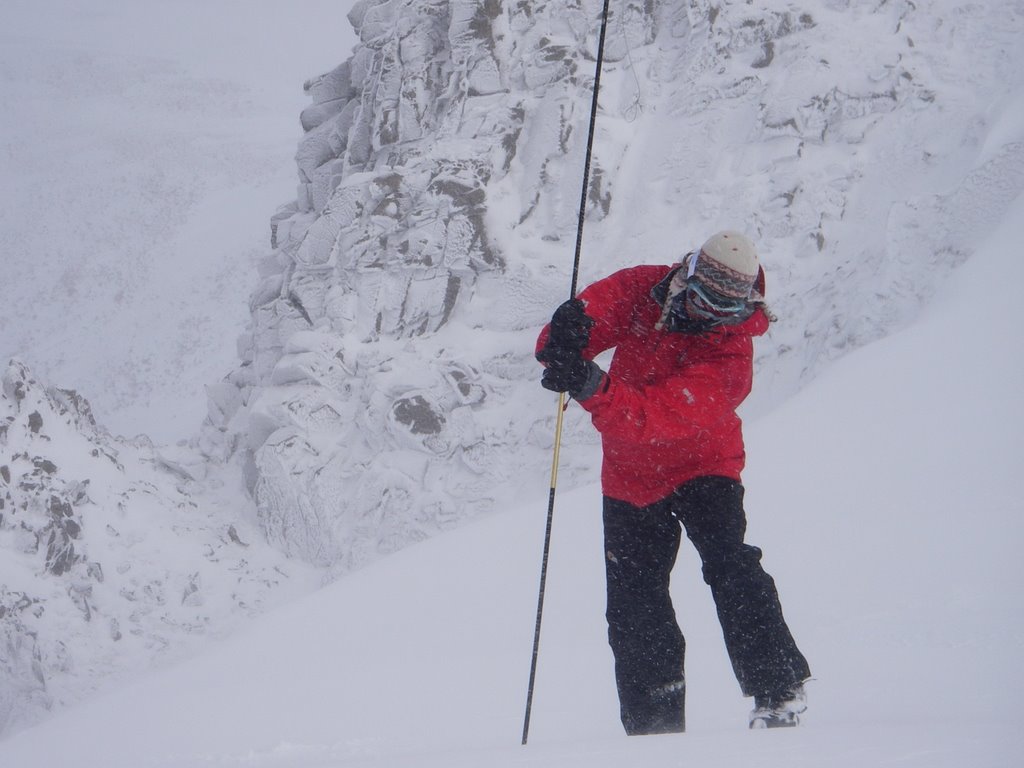
The Canadian Canoe or Open Canoe is the boat that gave its name to our entire sport, kayaking and all. It is immediately distinguishable from a kayak because it is paddled using a single blade. The canoe originated with the native tribes of
North America and was traditionally made by building a cedar frame inside a birch bark skin. The original designs were used for a wide range of purposes. Trade canoes of between 25’ and 40’ negotiated the rivers and lakes of
Canada, opening and creating an entire country, other designs ranged from boats to harvest wild rice from through to fast and sleek war canoes.

Nowadays, most canoes are made from plastic, fibreglass or aluminium. The canoe is particularly suited to exploring the inland waterways and estuaries of our country. One attraction of this form of canoeing is that the whole family can enjoy it. lncreasingly the canoe is being seen on the white water rivers, a return to its Canadian traditions.

Open canoes may be 'poled', sailed, 'lined and tracked' (using ropes) or even 'gunnel-bobbed' as a means of propulsion

A leading exponant who played a significant role within this discipline was Bill Mason. He was an award-winning naturalist, author, artist, filmmaker, and conservationist. Mason was noted primarily for his popular books, films, and art on open boats. In his review of James Raffan's 1996 biography of Mason, Michael Peake refers to Mason as "the patron saint of canoeing."

 I must admit that what came out of the can during his broadcast didn't look nearly as appetising as the picture above but then again these things rarely do!
I must admit that what came out of the can during his broadcast didn't look nearly as appetising as the picture above but then again these things rarely do!








